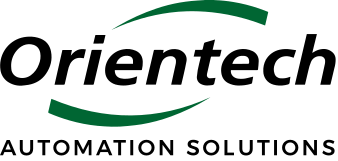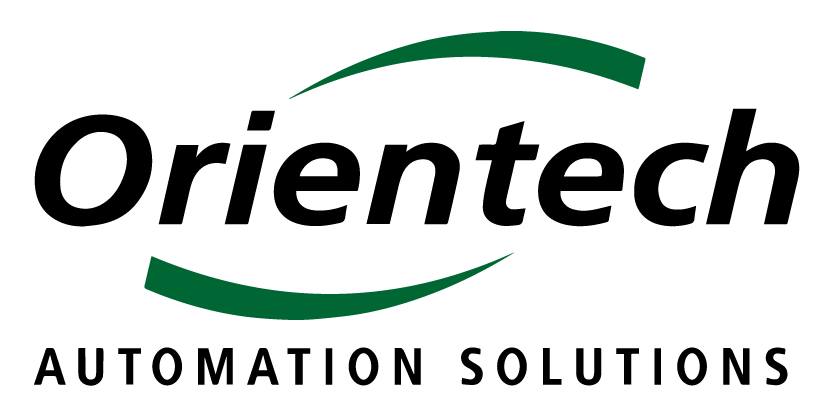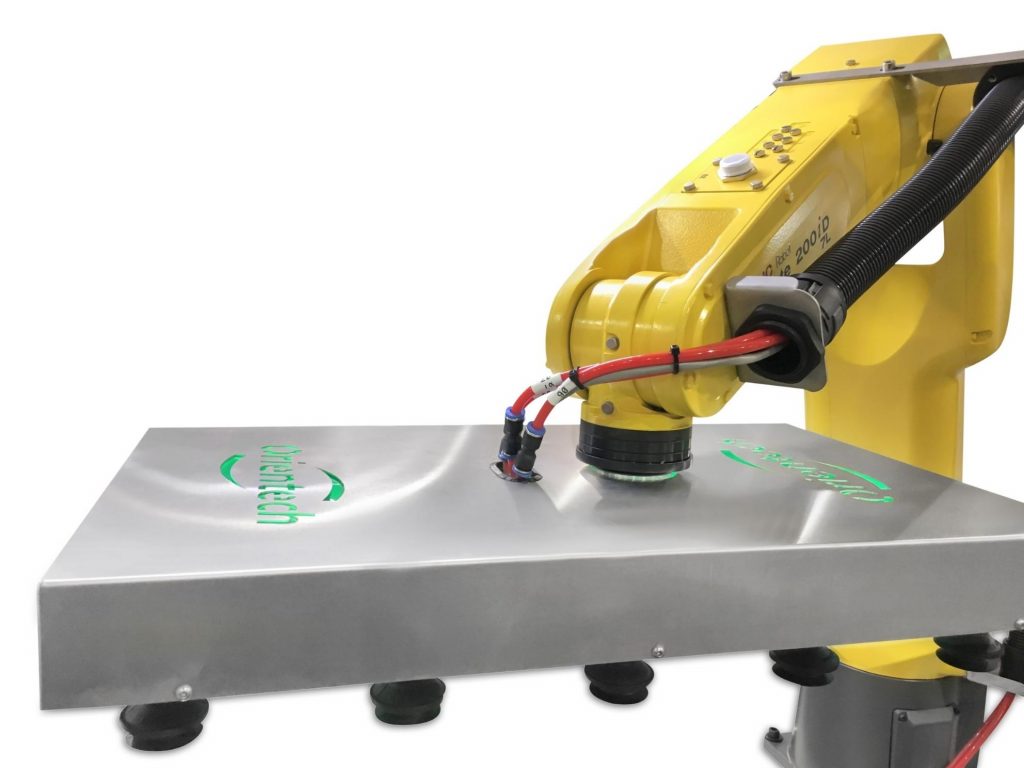The global Coronavirus pandemic is unprecedented in modern times. Governments, individuals, and businesses are finding that they need to adapt rapidly to this exceptional situation. Distilleries in Canada, the U.S. and elsewhere have started producing and bottling hand sanitizer instead of their usual liquors and spirits. Increased need for medical devices, such as ventilators, has spurred talk that automotive plants could divert their production to manufacturing critical supplies and equipment.
These measures are made possible by extremely resilient and creative human beings and teams, but parts automation is a key component of this response.
What exactly is parts automation? At its most basic definition, parts automation is the reduction of human involvement in a process or procedure of handling parts or products, usually in manufacturing. Through automation, manufacturers are less dependent on people for various production steps. Automation can be accomplished either semi-autonomously (automating part of a process while retaining some manual component) or fully-autonomously (no human interaction at all). Almost all industries have moved toward automation to reach three main goals:
- Improving lives
- Increasing output
- Improving efficiency or cost
BETTER LIVING THROUGH AUTOMATION
Today, most people in highly industrialized countries feel pressured by time — mostly the lack of time to accomplish desired or necessary tasks. Time-saving measures, even seemingly small ones, translate to significant value. When combined with other technology such as apps that remind you where you parked your car or device features that instantly switch to silent mode when you enter a certain place (such as work), you can easily free up hours of productivity.
This gives people the chance to use those saved hours in other ways, such as for personal development, taking some time for their own well-being, or just having the time to finish work that was previously taken up by an inefficient process..
One company that has leveraged parts automation to improve the lives of people working for their customers is Fanuc, an automation company specializing in heavy industrial applications. Fanuc provides everything from small pick and place robots to large automated manufacturing lines.
Fanuc saw an opportunity to improve one of its customer’s manufacturing processes by installing a new full automation line. Usually, this move would mean making workers redundant. However, by putting a regularly scheduled maintenance system in place, the company increased machine efficiency while keeping people employed by hiring and training maintenance workers.
This means that the people working for them can continue to live their lives without the fear of redundancy through automation, as is often the fear on the shop floor whenever change comes in the manufacturing industry.
Parts automation also improves lives by making a greater variety of products available to more people, as small parts are manufactured for a fraction of the price.
OUTPUT IMPROVES ACROSS THE BOARD THROUGH AUTOMATION
Humans are not perfect — it’s what makes us unique and interesting. When these flaws result in mistakes, however, output suffers. This is especially apparent in repetitive or monotonous tasks, where issues such as attention span, fatigue and stress can cause wide variations in quality and speed. Take, for example, a manufacturing line that produces plastic electrical fittings — a single worker may be tasked with placing each fitting onto a conveyor in a single line of parts. Then the part goes off for further processing. Staying with this example, consider the following:
- How do you control the process of placing the fitting onto the line?
- How do you ensure that fittings aren’t dropped or damaged?
- How do you ensure spacing between fittings for machines downstream?
- How do you ensure all of these steps are done the same way every time, especially if product orientation is crucial?
All of these are issues that can dramatically affect your overall equipment effectiveness (OEE) and have an impact on your output.
This is where full parts automation demonstrates tremendous value. By using a pick and place robot, for example, you can not only ensure repeatability of the process (as the robot will place the fitting on the line with the same spacing, at the same orientation and with no damage), but you can also increase the speed of the process.
You are no longer subject to human limits on strength and endurance but can rely on the power and durability of the electric motors driving the robot. With automation, you now have control over how the product is picked, placed, and spaced with repeatability. This is another area where Fanuc has introduced automation at customer sites to improve speed and quality.
AUTOMATION SAVES MONEY
In the previous example, we talked about controlling repeatability and speed through full parts automation, but by doing this, we have also gained the ability to control efficiency.
On any production line, you need to balance the line to the speed of your slowest machine so that you can have a smooth flow of product through the entire line and avoid either starving a downstream machine or causing blockages by feeding too much product to a machine. By putting a robot in place, for example, you can now request a pick and place tempo that the robot will meet every single time. This avoids expensive stoppages from having to clear blockages, and increases efficiency by reducing the possibility of starving downstream machines.
Automation requires an investment, but the increase in productivity and efficiency leads to a positive return on this investment in just a few months. The cost savings and productivity of an assembly robot or other automated system then reverberate, delivering returns for years in the future. And, since it is becoming increasingly difficult to recruit workers willing to perform repetitive tasks for long hours, manufacturers experience even greater ROI.
The cost of automation has also dropped over the past 30 years. Robot prices have fallen in comparison to the steadily rising cost of labor compensation in manufacturing. While labor costs have approached 220% of 1990 figures, robot prices have dropped to 50% of the cost. This trend will only continue, as demand from emerging economies drives increased use of automation.
FULL OR SEMI-AUTOMATION?
One question remains: should you go with full or semi-automation? The answer depends, on your company’s production goals, your product requirements and your volumes.
Ask yourself the following questions:
- Do you have a skilled labor force that could be improved by introducing some automated “help”?
- Do you need to have flexibility in your process? And be able to speed a process up or down quickly?
- Do you have tight budget constraints?
- Is your product uniquely shaped, presenting assembly challenges for a machine?
- Is your average assembly-line defect rate with manual assembly steps acceptable?
If you answered yes to most or all of those questions, semi-automation is likely your best choice. Semi automation allows you to improve your current processes and redeploy your labor force, without making the full commitment of capital expenditure and time to implement a fully automated production system.
If you answered no, then full automation is probably the best for your production needs. It allows you to produce and handle the most amount of product in the shortest amount of time with the fewest errors. Full automation, however, must be planned holistically, with processes considering all inputs and outputs from across the plant to ensure efficiency.
But remember, each case is unique and will have widely varying requirements and limitations, so it is best to consult an expert in the field. If you have any questions about automating your processes and part handling, contact Orientech to see how we can assist you.




.jpg?width=1400&name=Monochromatic%20Photo%20Yellow%20Typography%20Linkedin%20Banner%20(1).jpg)
